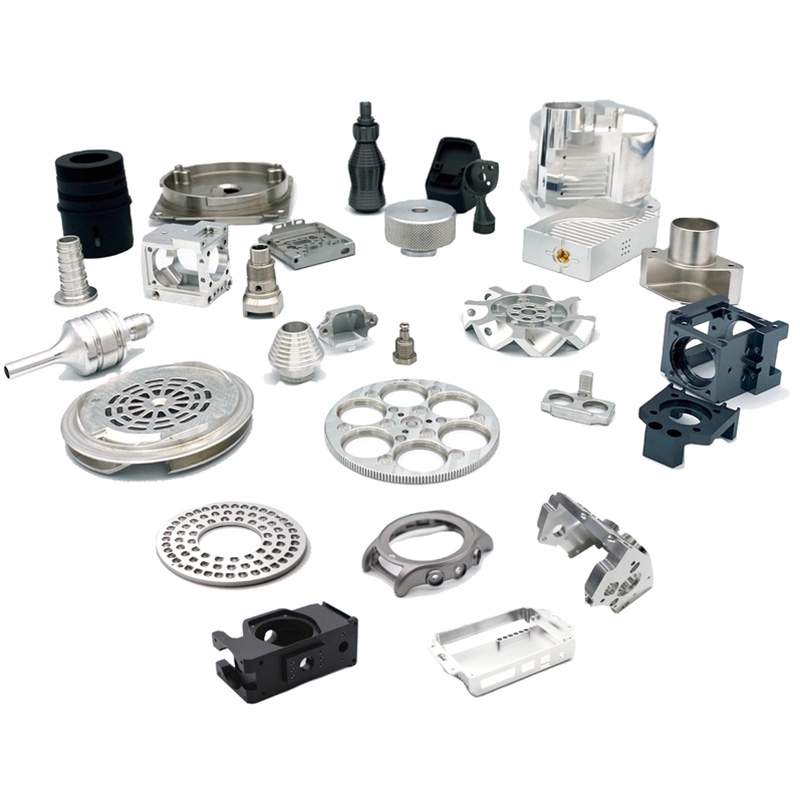
Ever wonder why some CNC precision machining parts outperform others? The difference often lies in micron-level accuracy. Industries like aerospace and medical demand tolerances within ±0.001 inches. Miss these specs, and components become expensive paperweights.
Interestingly, 68% of machining errors originate from thermal expansion issues according to SME research . We once scrapped an entire titanium batch because workshop temperature fluctuated by just 3°C. That’s why controlling environmental variables is non-negotiable for high-quality CNC precision machining parts.
Machine tools expand when heated – like metal rulers in summer. Coolant temperature stabilization systems maintain ±0.5°C variations. For example, Haas Automation’s integrated chillers reduce thermal drift by 70%.
Climb milling versus conventional milling? That’s kindergarten stuff. Modern CAM software like Mastercam uses trochoidal toolpaths that reduce tool deflection. This technique increased our aluminum part tool life by 40% last quarter.
Don’t wait until final inspection! In-process probing catches deviations early. Renishaw probes measure features mid-production, allowing real-time corrections. Result? 30% fewer rejected parts according to NIST data .
| Material | Dimensional Stability | Machinability Rating | Best For |
|---|---|---|---|
| Aluminum 6061 | ★★★☆☆ | ★★★★★ | Prototypes & enclosures |
| Stainless Steel 316 | ★★★★☆ | ★★☆☆☆ | Medical instruments |
| PEEK (Polyether Ether Ketone) | ★★★★★ | ★★★☆☆ | Aerospace components |
Counterintuitively, softer materials sometimes require tighter process control. Aluminum’s low melting point causes built-up edge issues if cutting parameters aren’t perfect.
NEVER skip tool length compensation updates when switching cutters. This caused a $8,000 mold core rework for us in 2024. Always verify tool offsets after installation!
Our team faced titanium spinal implant challenges in 2025. Thin-walled features required 5µm accuracy but kept warping. Solution? We implemented:
Scrap rate dropped from 22% to 3% within weeks. This proves that innovative approaches pay off for complex CNC precision machining parts.